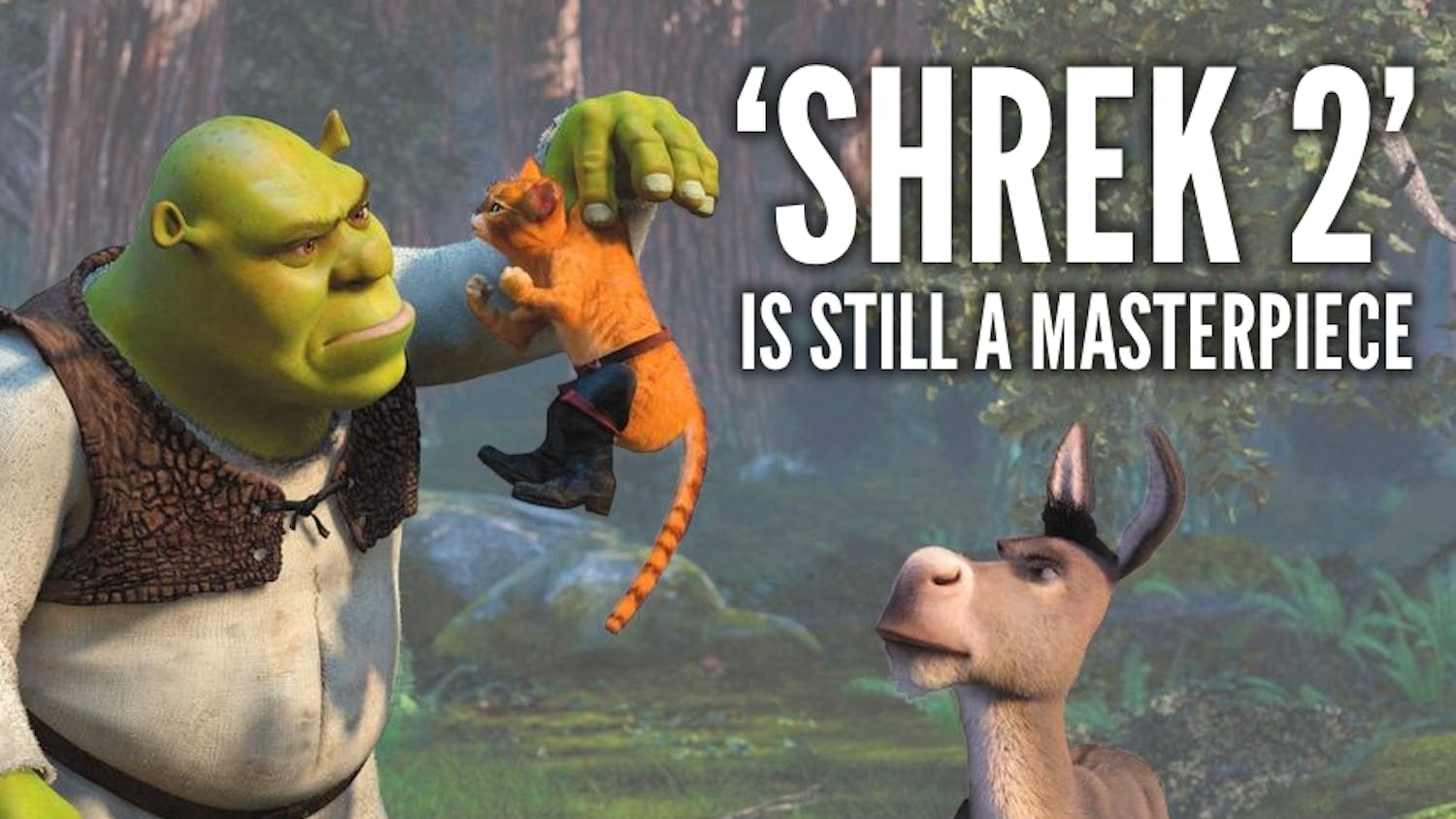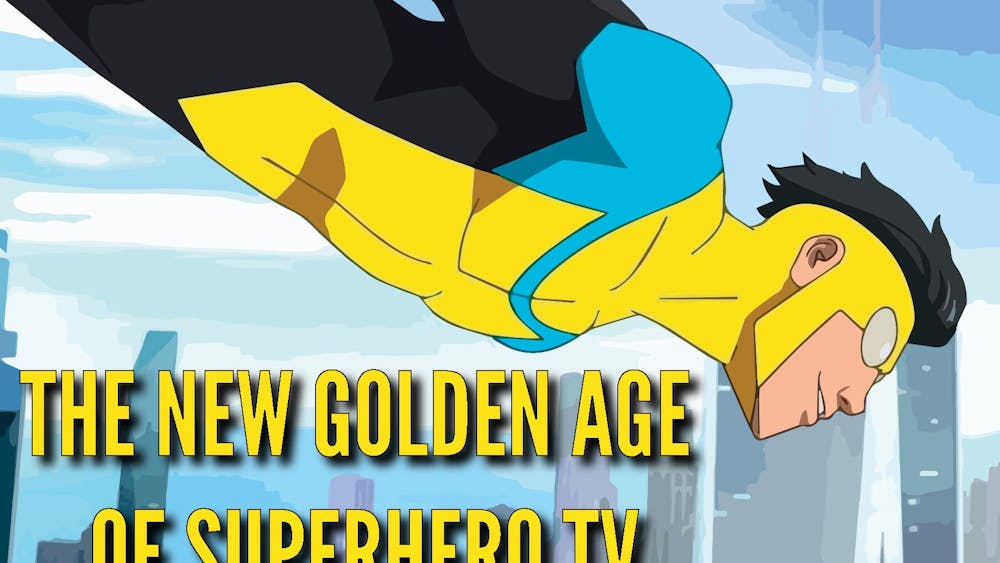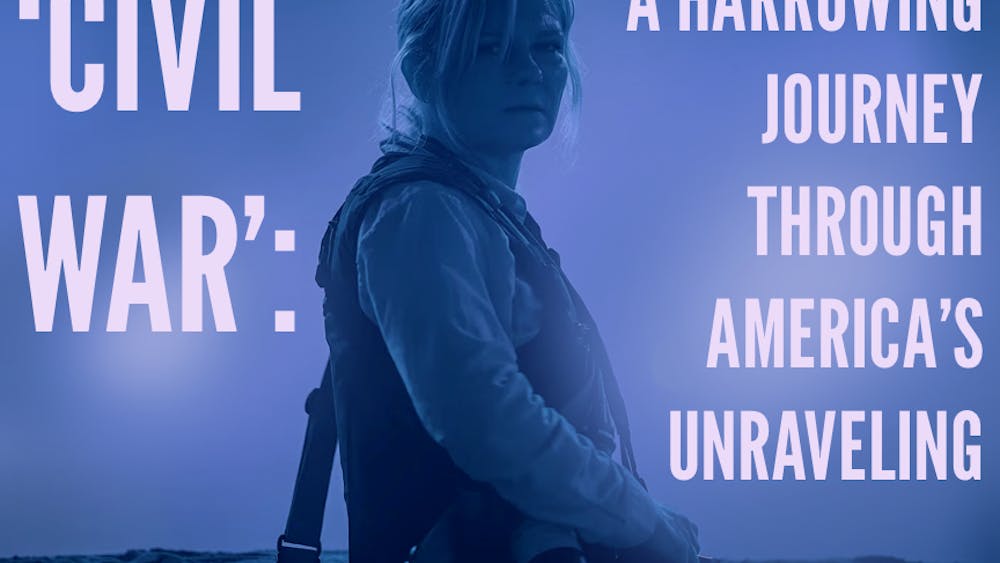
Last year, I left Indiana for winter break with Chet Faker’s "Thinking in Textures" ringing in my ears. “I’m Into You” came up on a Flume binge sometime around Thanksgiving and soon after infiltrated every playlist I created.
YouTube’s “suggestions for you” just get me.
Faker’s warm raspy voice against the crisp sound of a Prophet synth piano incite the image of a glowing body hidden and protected inside a NorthFace gore-tex parka. The Australian beatmaker’s voice bursts forth as the soul propels said jacketed body forward through frigid conditions. It treads steadily onward guided by a rhythmic bass, a groove given by smooth manipulations of field recordings and seasoned with keyboard echoes. On my lighter days, somewhere close to Christmas but definitely before finals reared, I thought of an attractive, young Santa Claus when I listened to Faker — an image undoubtedly inspired more by his beard than his rich voice.
Upon returning to the frozen tundra that was South Bend in January 2014, I was introduced to Son Lux and his album "Lanterns." The self-proclaimed sound “collagist” recreates pizzicato on a synth and pairs it with his mildly gravelly voice for a sound so perfect and so winter. The quivering tones emulated in his voice, piano and strings reach operatic highs that give me goosebumps on my neck the same way a too-loose scarf on a windy day might.
My interest in seasons and their correlation to temperance of the soul manifested through music is mild. Good sound is good. There are artists, albums, songs that will pierce humans’ interiors in indescribable ways always, but by simply examining the subjectivity of the term “good,” I’ve realized that even the very best sounds sound better in certain weather.
I’m trying a different approach to this winter’s tunes — a genre so quintessentially summer in my mind, it’s a challenge — funk. My personal classification of modern-day “funk” is rooted in a distinct sway in sound that makes my mind want to "shoegaze" as its vessel bobs vehemently. I’m not talking Nile Rogers; I’m talking what jazz purists might relegate as corrupt.
It all started with “The Heat” by Jungle. Somewhere between my regular searches for psychedelic rock, house music and occasional reggae binges, I ended up on the R&B front. I don’t watch music videos often but had a pleasant zone sesh as Jungle moonwalked on pink rollerskates. The song is now on my most-listened-to Spotify compilation of the winter season. The playlist is called Escapists and is inspired by songs that make me think of not being here, there, anywhere. It features everything from the beach goth genre, Beach Boys, Red Hot Chili Peppers, songs with the word “California” in them and forget-yourself dance vibes.
Funk fits well into my step as I walk to class on unsalted sidewalks. When my legs give on the ice, recovery feels smooth if I keep my eyes down and focus on the dipped beats. My wobbly steps feel more like subtle dance moves, although I’m sure I look ridiculous. The electric bass working on a downbeat boosts my confidence. Complex groove dominates the mind, and I’m good to go.
As I continue to recognize funk’s presence in my winter-really-summer-vibe playlist, I’ve noticed my taste has not deviated much. The up-stroke and chord progression characteristic of funk have appeared more and more in the electronic music scene. The adaptation of jazz into modern-day synth has led to a proto-funk (Dillon Francis’ moombahtoon — someone debate me on this). Boogie at a rave?













